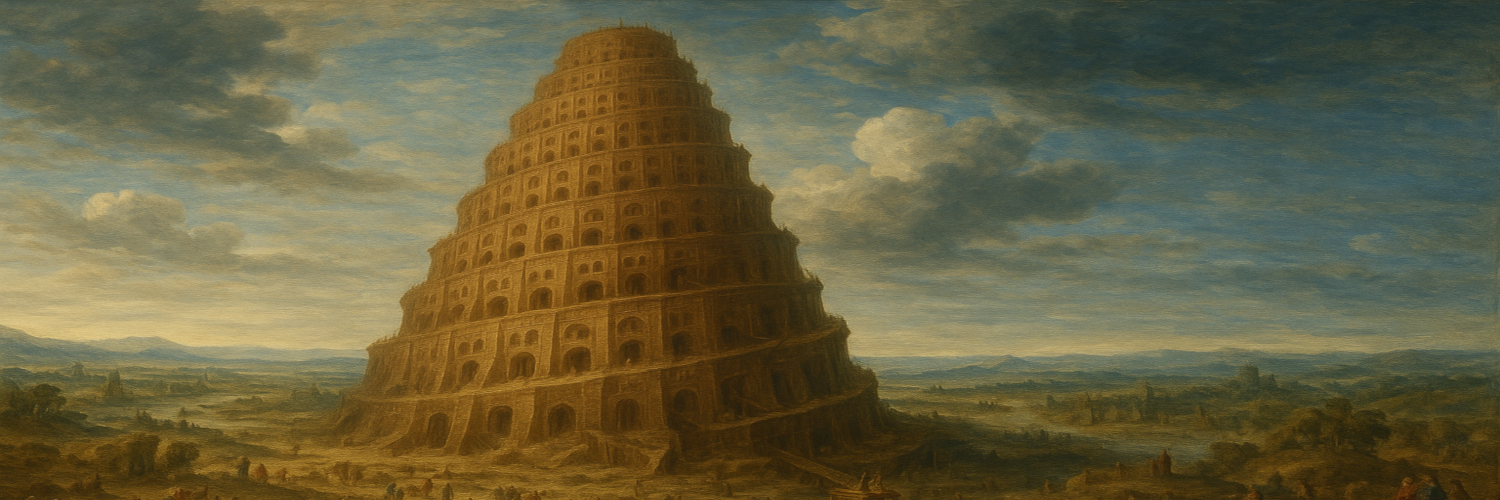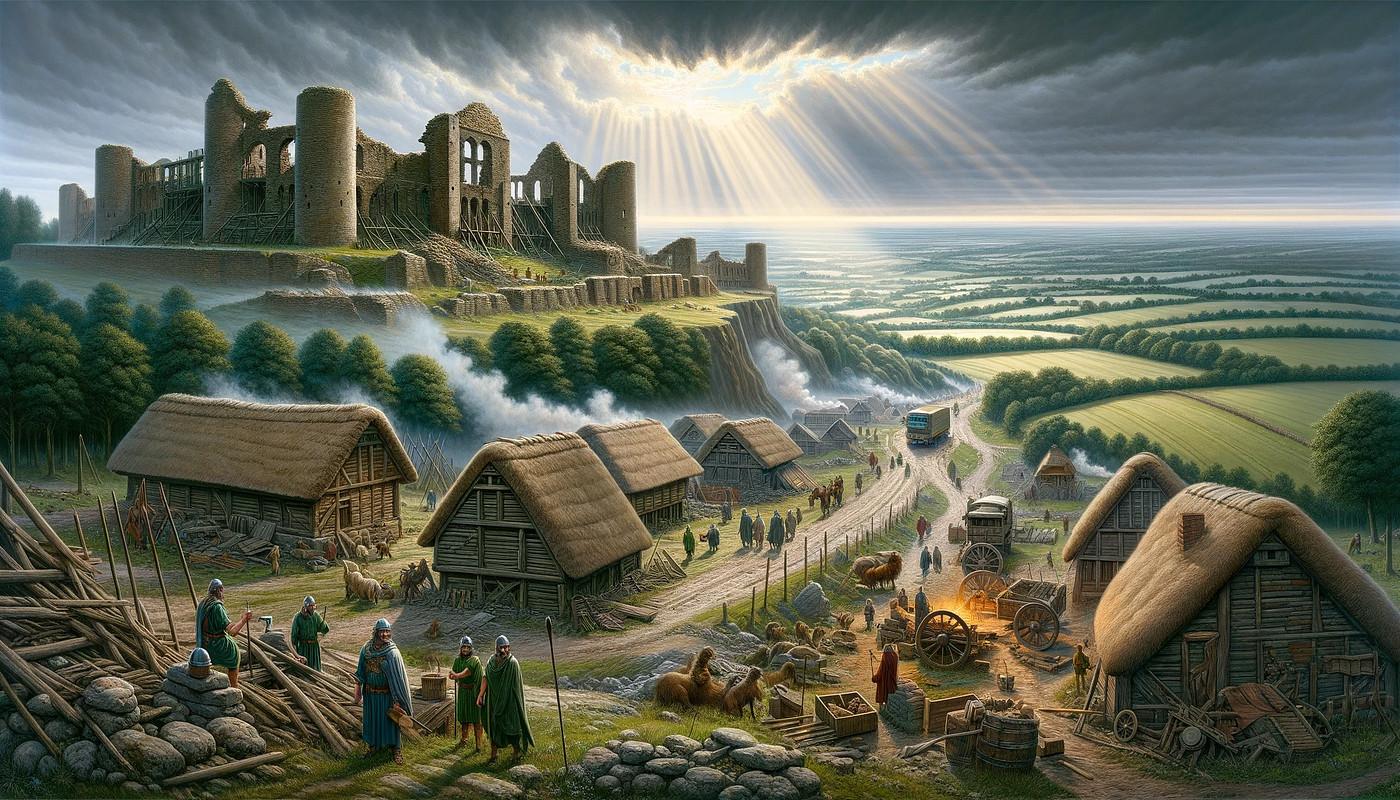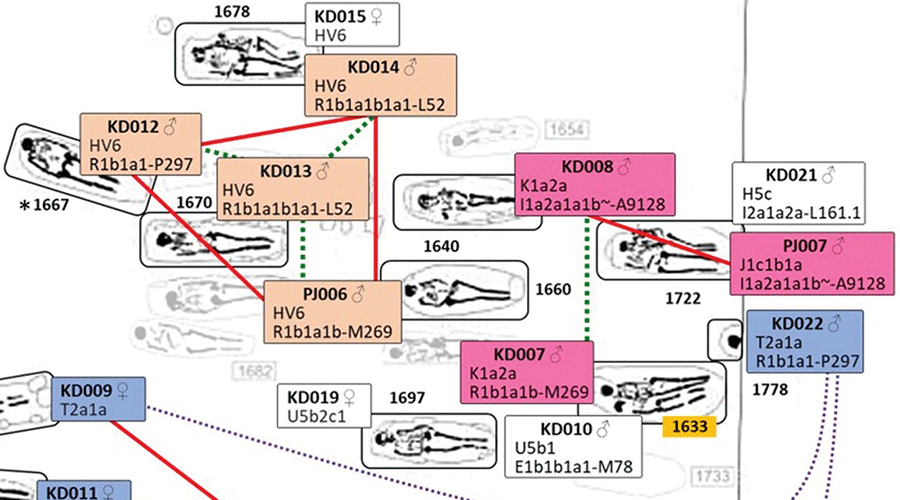Ancient DNA in Post-Roman Britain




Kinship Patterns and Social Organization in Early Medieval England
The post-Roman site of Worth Matravers in Dorset presents a compelling tableau of kinship structures in early medieval England. Nestled at the western edge of Anglo-Saxon cultural influence on the scenic Isle of Purbeck, this archaeological site offers unique insights into the dynamic interplay of biological and social kinship that characterized the era after the fall of Rome. This remarkable confluence of archaeology and genetics has put a spotlight on a cemetery that reveals a patchwork of cosmopolitan ancestry and familial ties that defy simple categorization.
Excavations at Worth Matravers unearthed fascinating evidence of familial relationships, revealed through the analysis of ancient DNA. The burial patterns at the cemetery included clusters of genetically related individuals, but also intriguingly, there were graves shared by unrelated individuals—demonstrating that biological lineage was not the sole arbiter of grave allocation and pointing towards a broader social interpretation of kinship. Unlike the ceremonious Anglo-Saxon cemeteries to the east, the Worth Matravers site presents a simpler aesthetic in its burials, which predominantly lack grave goods and retain more of the late Roman customs with austere east-west oriented burials.
The cemetery's grave goods, although sparse—a copper alloy buckle and an enigmatic limestone anchor used as a headrest—contrast with the richer assemblages often found in contemporaneous Anglo-Saxon sites, suggesting a blend of persistent local customs and new influences. The limestone anchor, notably rare and discovered in grave 1633, points to possible maritime connections, hinting at the vibrant everyday life of this coastal community and whispering tales of seafaring adventures and treasures brought back from distant shores.
Genetic data from archaeological remains has transformed our understanding of migration, identity, and belonging. Seeing where your DNA overlaps with those findings can offer a new, personal lens on human history — explore it at www.mytrueancestry.com.
Among the buried, one young male (KD010) stood out with his genetic legacy: he carried recent West African ancestry, an extraordinary testimony to the far-reaching connections of early medieval Britain and its cosmopolitan essence. This discovery, paired with materials likely traded from afar, beckons us to reconsider the perceived isolation of post-Roman communities. His burial alongside another male, KD007, showcases a unique relationship—potentially one of master and apprentice, friends who sailed the same waters, or perhaps bonds forged through mentorship or community connection that transcended simple biological ties.
The site tells of diverse ancestries—Western British and Irish mingling with Continental and even West African influences—woven into the fabric of a society navigating profound change. The analyzed genetic make-up further highlighted an intricate tapestry of familial links; four distinct family units were identified, with close kinship bonds observed particularly among males, despite the predominant maternal linkage. This matrilineal connection, particularly in a period assumed to prioritize patrilineal descent, offers a startling insight into the relational dynamics of the time and diverges from the expected patrilineal focus given the male bias in the burials.
The multi-burial arrangements without genetic connections underscore the importance of social kinship, which may have been just as valued as blood ties. These arrangements reveal a profound social fabric extending beyond biological connections, suggesting strong social ties, shared societal roles, apprenticeships, friendships, or other social contracts that bound this community together. The genetic analyses revealed several family units within the cemetery, with a surprising emphasis on maternal lineage, a rarity in the predominantly patrilineal narratives often found in historical accounts.
One such group included two male siblings buried separately, yet united through the markers of maternal lineage, illustrating complex kinship dynamics where social and biological threads intertwine. The mosaic of mitochondrial and Y-chromosome lineages paints a picture of a community that was not isolated but integrative, adaptable, and richly connected to broader networks of exchange and interaction spanning continents.

Discover how your DNA connects to ancient civilizations at www.mytrueancestry.com.
Comments